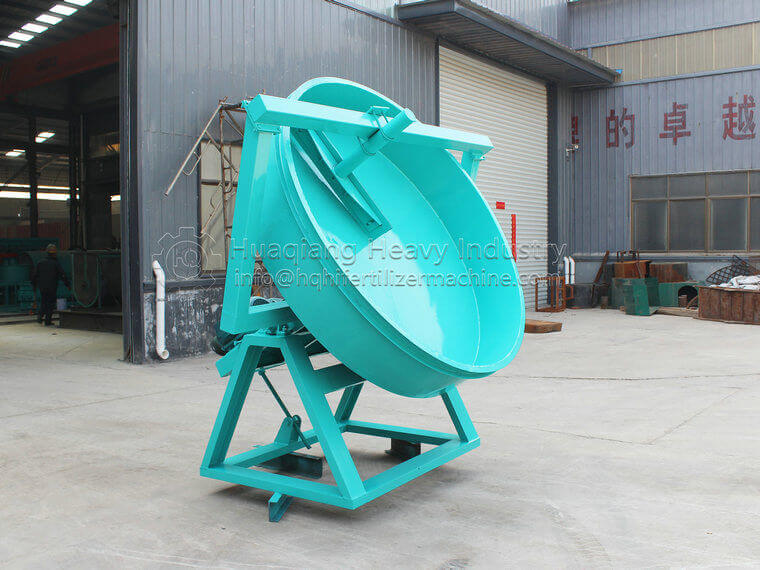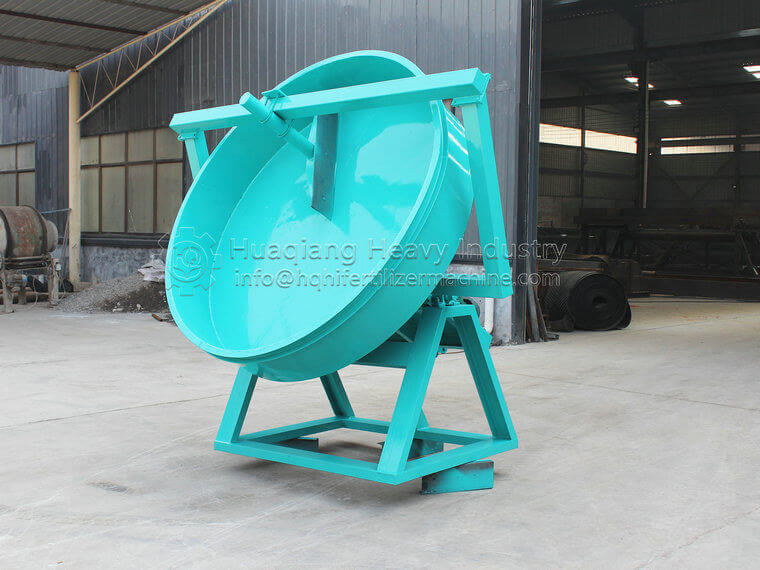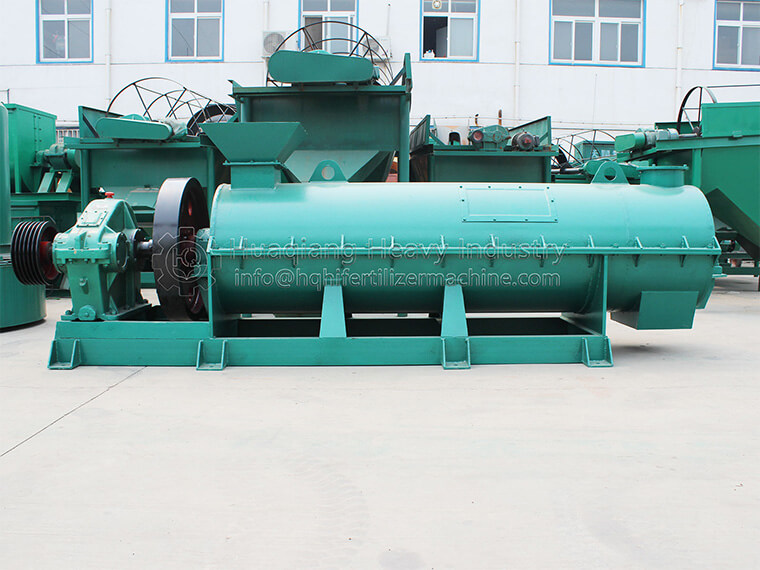A semi wet material crusher is a new type of crusher used for crushing materials with high moisture content. Using high-speed rotating blades to crush fibers, with good particle size, high efficiency and high energy, and strong adaptability to material moisture content, especially for fermented decomposed garbage or other materials with a moisture content ≤ 30% for powder production. The finished product has a particle size of less than 30 mesh, which better meets the required particle size for granulation. Semi wet material crushers are mostly used in the production and processing of organic fertilizers, and have good effects on crushing raw materials such as chicken manure and humic acid sodium
The semi wet material crusher is composed of three pieces, and the equipment can be reliably used, all of which require a sturdy body steel frame. The steel frames of the semi wet material crusher are all welded with high-quality carbon steel plates and channel steel, and have passed strict product qualification certification and specific process requirements to achieve the purpose of use of this machine; The rotor crushing section: The rotor structure of this machine is novel and well-designed, using double-layer blades for crushing. The crushing effect is twice that of other products. The material enters the crushing chamber from the feeding port and is continuously ground by the double-layer blades to meet the granulation requirements. Transmission connection part: The machine adopts flexible belt transmission. It is driven by an electric motor to drive the pulley and belt, which are directly transmitted to the spindle, causing the spindle to rotate at high speed to achieve the crushing effect.
The semi wet material crusher effectively solves the problem of high moisture content in materials. Even if the moisture content is high, the sample is easy to break and will not cause machine blockage. This is because the double crusher is designed without a screen bottom and mesh, so even if the moisture point of the material is large, blockage will not occur. Even on rainy days, normal production can still be carried out. In addition, although the coal crusher does not have a bottom screen, it uses two rotors on top and bottom for crushing, resulting in a more uniform and ultrafine discharge particle size, which can be controlled below 2 millimeters.

.jpg)

.jpg)




.jpg)